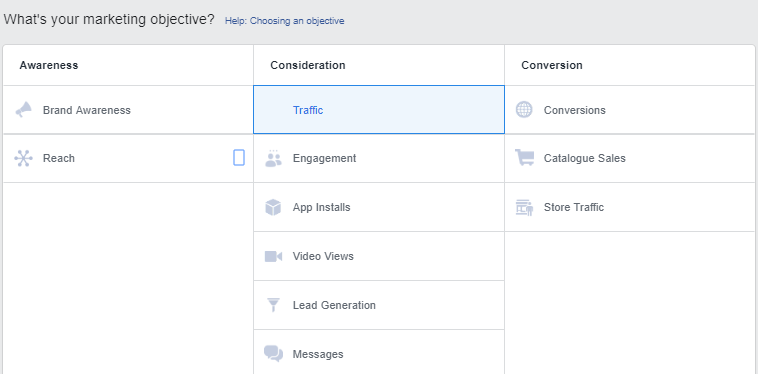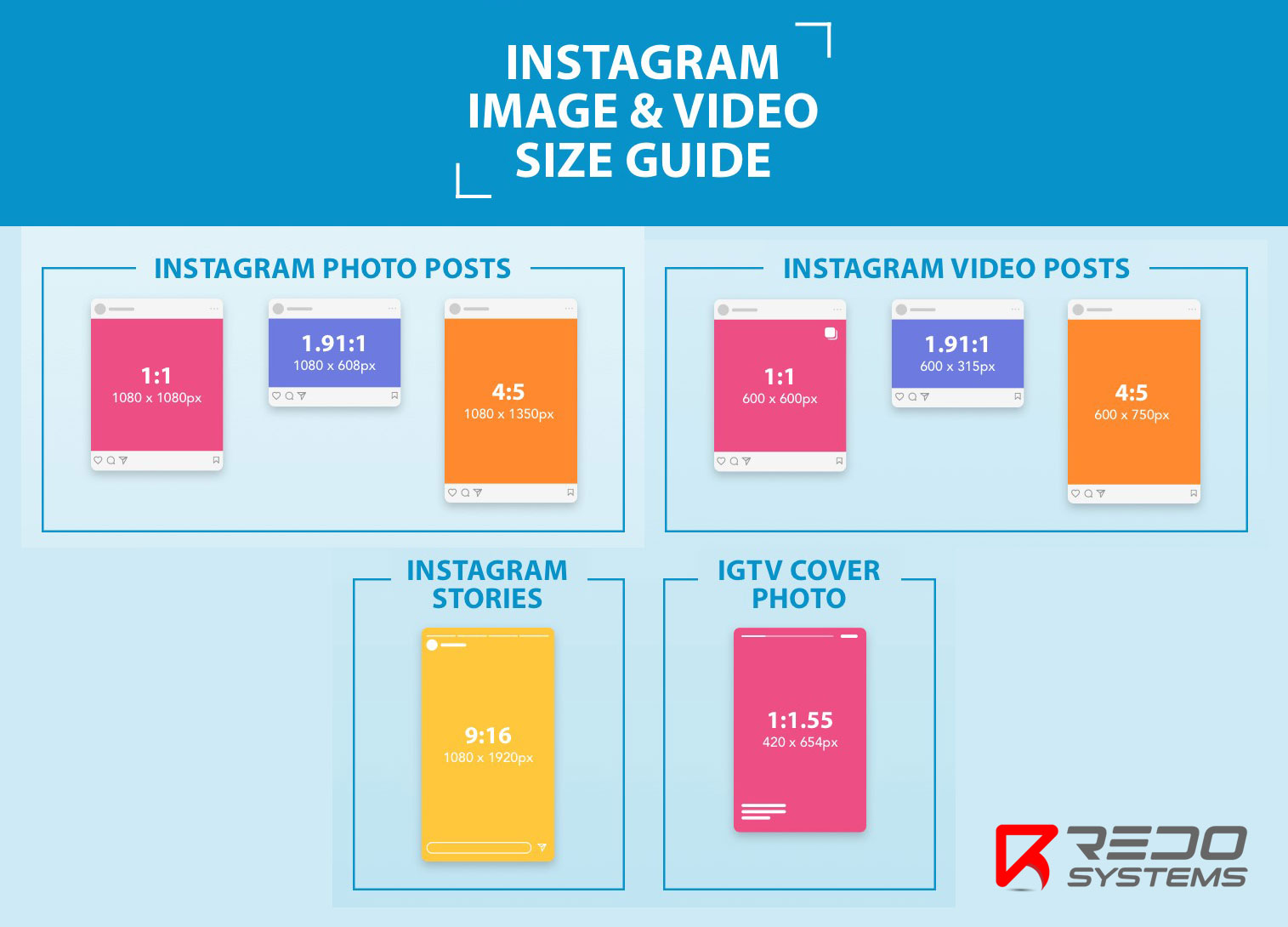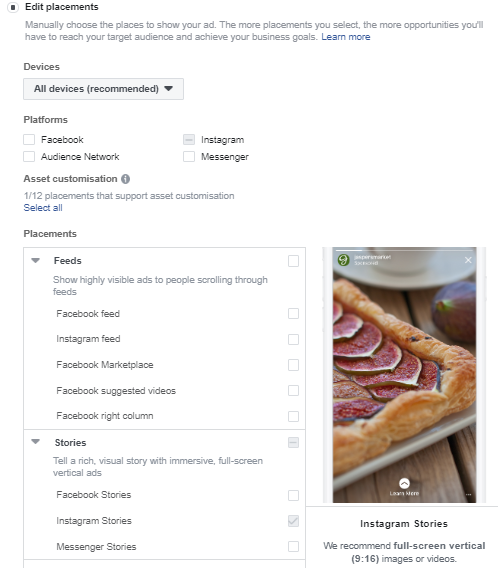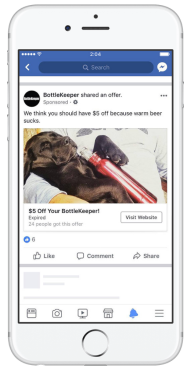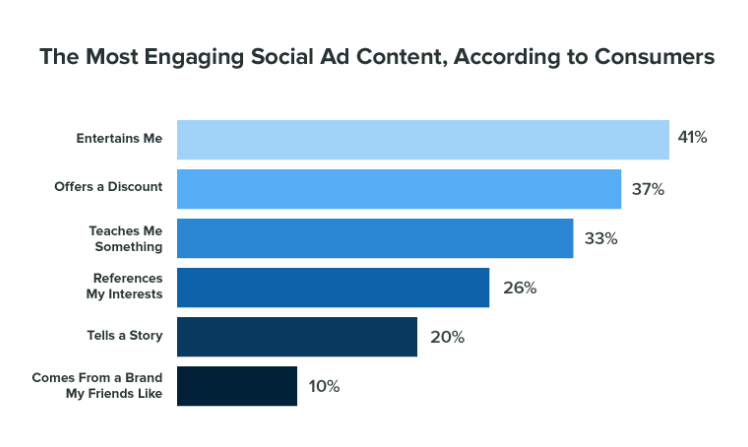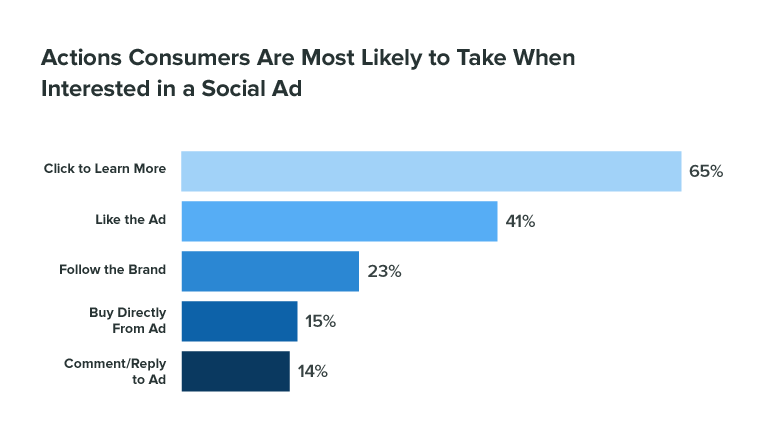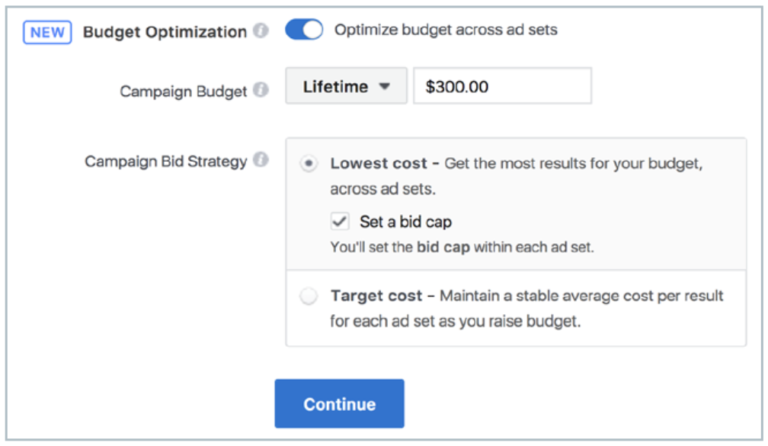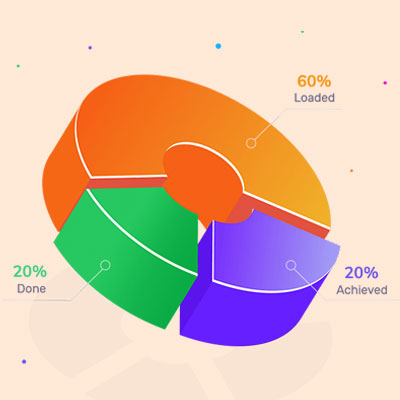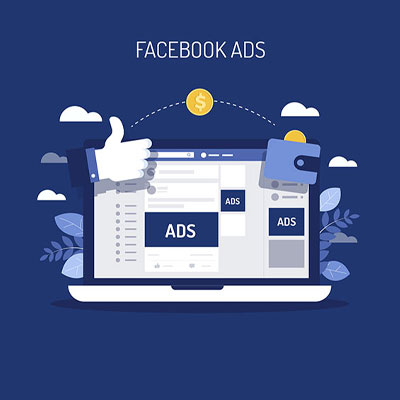People are becoming increasingly fascinated with Instagram Stories as a more authentic and less filtered alternative to regular Instagram posts. As of January 2019, 500 million people were using it on a daily basis–a 250% increase since 2017.
And ever since the introduction of Instagram Story ads and full-screen Canvas ads in 2017, the platform has also seen a lot more advertisers promoting their products through Instagram Stories. This means that there is more competition for businesses that wish to advertise on the platform.
As an advertiser, you’d want to make sure that your Instagram Stories ads have the desired impact. Instead of just using any catalog image of your products in your ad campaign, consider all the Instagram Stories best practices that will help you create impactful ads that convert.
That’s exactly what you’ll learn to do in this post. In addition to learning the basics of creating Instagram Story ads, you will also discover some of the most effective tactics to get swipes and conversions.
Before you can start creating ads that convert better, it’s important to understand the basic rules of creating Instagram Stories ads first. Let’s take a look at the basic steps to create ads for Instagram Stories:
What do you want to accomplish through your ad campaign? You can choose from several objectives for Stories ads including reach, brand awareness, traffic, engagement, app installs, video views, lead generation and conversions.
The next step is to create ad content that will fulfill your objective. This could either be images or videos along with other creative elements like an ad headline and copy. To help you with this, read this article to learn some tips for creating Stories that get attention.
You can’t use the same ad dimensions across all platforms. Instagram recommended ad sizes that will ensure optimum visibility for your feed ads and your Stories ads.
For image ads:
- The recommended resolution is 1080 X 1920 pixels
- Maintain a resolution of at least 600 X 1067 pixels
- Maintain an aspect ratio of 9:16
- Use either JPG or PNG format
- Maximum size allowed is 30MB
For video ads:
- The recommended resolution is 1080 X 1920 pixels
- Maintain an aspect ratio of 9:16
- Use either MP4 or MOV format
- Maximum size allowed is 4GB
- It should have a resolution of at least 720p
Next, you need to narrow down the audience you wish to target for your Instagram Story ads. You’ll have the option to target people based on location, gender, language, interests, behaviors, and age. You can also narrow down your targeting based on how people are connected with your brand i.e. include/exclude everyone who already likes your page, target friends of your followers, and other options.
Since Stories ads display for a shorter amount of time, make sure you get really specific with your audience targeting. So make the most of Facebook Pixels, lookalike audiences, and retargeting options.
The next step is to choose your ad placement. While Facebook provides an automatic placement option, it’s better to manually choose your preferred placements. Your audience on Facebook may be drastically different from your Instagram audience. So it may not be wise to display the same ads and offerings to them.
Just like your ads on other platforms, your Instagram Stories ads should also have a clear and compelling call to action that motivates the audience to take the desired action. Use action words like learn, see, shop, buy, discover, get, etc. You could even test out different CTAs to find out what works best with your audience.
Once you’ve nailed down the basics, you can refer to the following Instagram Stories best practices to create engaging ads that convert better:
1. Make the first few seconds count
The first few seconds of your Instagram Story ad is crucial for capturing and maintaining your audience’s attention. A study by RivalHQ found that brands are losing about 20% of their audience by the second frame of their Stories. This means that it’s important that your Story ads stand out even more than organic Stories posts and captivate your audience instantly.
Users are less likely to skip Story ads that are visually appealing right from the start. Experiment with colors, fonts and imagery that would appeal to your target audience.
NUXE France created a short stop-motion video highlighting their products. It used a soft background color to match their product packaging, which created an eye-catching effect. This resulted in a 6.2X return on their ad spend.
For example, collection ads are booming right now. A revised spin on high-performing carousel ads, these eye-popping messages allow brands to show off multiple products at once.
As noted, remarketing ads are a proven way to bring former customers back into the fold by serving as a sort of “Aha!” moment in their Facebook feeds.
And although Facebook Stories are still relatively young, many brands are killing it with full-screen Stories ads to compel people to click.
With so many choices, it’s important to familiarize yourself with Facebook’s ad specs and new features.
And actually, that leads us to our next point!
Chances are you already have some ad creatives and sleek product photos on deck, right?
That said, what clicks with customers on Facebook is surprisingly specific. Based on best practices and what we’ve found based on our own research, here are some key creative tips for your Facebook advertising strategy.
Being boring is a kiss of death for any ad campaign and Facebook is no different. The more entertaining you make your ads, the less they feel like, well, ads. Whether it’s humor or imagery that catches people’s eyes, strive to avoid static, stuffy campaigns.
You’ve heard it a thousand times but it bears repeating: video content is totally crushing it right now. Videos are capable of showing off your ads in action, perfect for both raising awareness and grabbing users’ attention. Oh, and don’t forget that Facebook has explicitly encouraged brands to get on board with video in the wake of their algorithm shift.
Think of a video ad as a sort of mini commercial for your brand. Stopping scrollers in their tracks, video is fair game for just about any business. A noted Facebook success story.
Before you jump knee-deep into your Facebook ad strategy, you need to figure out how to navigate the platform first.
And yeah, there’s definitely a learning curve involved.
With so many metrics to track and variables to watch, we don’t blame any marketer for getting a bit overwhelmed.
This is exactly why we encourage newbies to run smaller test campaigns to get their feet wet and make adjustments before blowing out their budgets.
Speaking of budgets, Facebook can serve your ads for you based on what they perceive as “optimal” engagement or they can run on a set schedule. There is no “right” answer for how to budget, just know that you can quickly drain your dollars if you don’t set restrictions.
On a related note, Facebook recently announced that they’re moving toward campaign budget optimization for all ads coming September 2019. In theory, this should spell good news for brands to help them squeeze more out of their ad budgets.
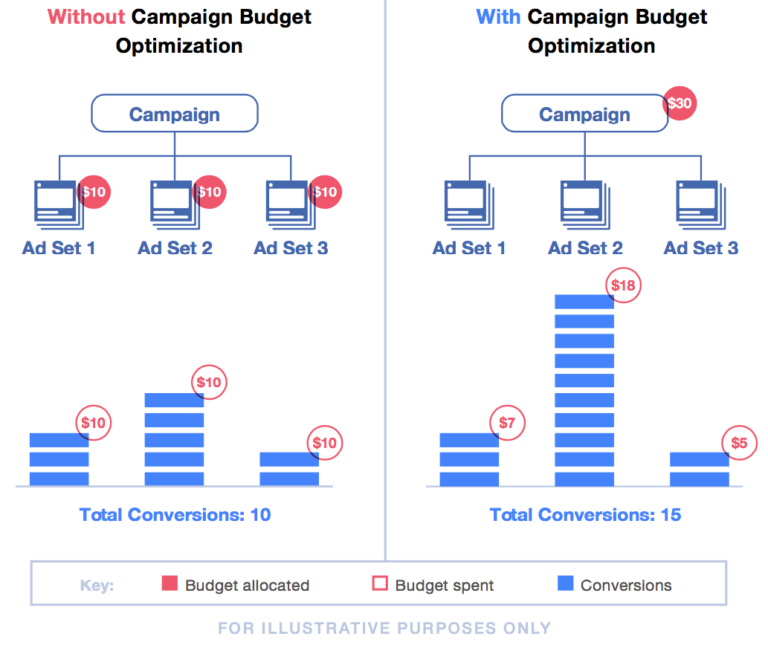
Another key piece of Facebook advertising is the platform’s reporting features. Again, Facebook gets incredibly granular in terms of what you can track. If you want to figure out if you’re getting a positive ROI or relevant click, look no further than your reports. Tracking specific events, reach and amount spent, you have a wealth of data at your fingertips to figure out what’s working and what’s not.
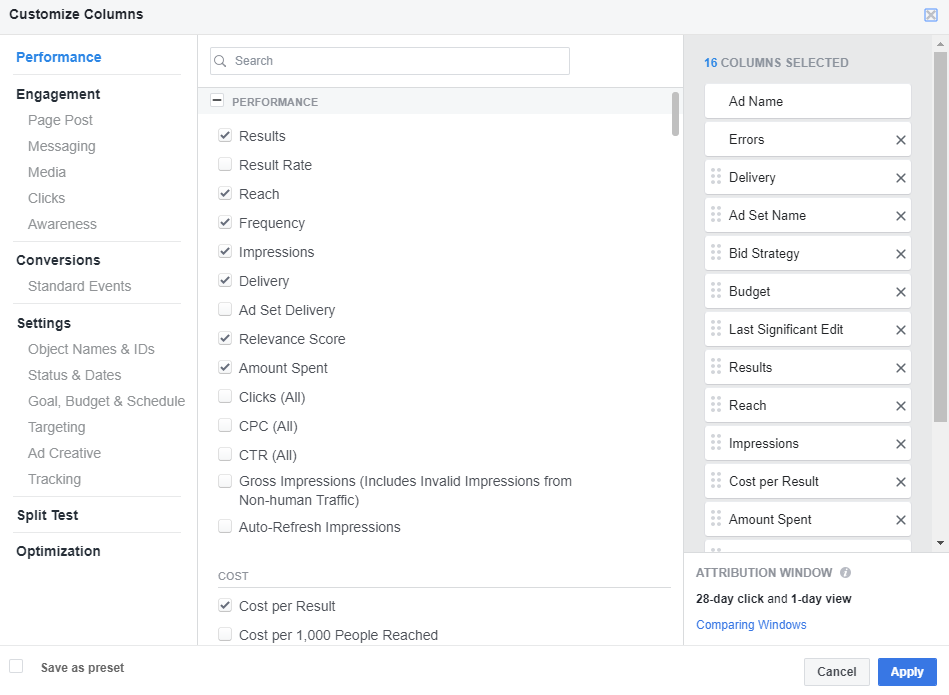
In most cases, it’s in the best interest for businesses to adopt a hybrid social media strategy.
That is, organically targeting customers through content and community-building while supplementing your Facebook advertising strategy with paid campaigns.
Doing so gives you the best of both worlds. Although organic reach is indeed throttled, that’s no excuse to abandon Facebook or neglect the potential of employee advocacy or customer service to connect with customers. Although paid ads encourage conversions, organic activity can help you build relationships and familiarity with your brand.
Hopefully, this Facebook advertising guide served as some much-needed direction if you’ve been struggling with the platform.
And believe us, there are plenty of folks struggling with Facebook right now.
But although many business’ relationships with Facebook is complicated, the value of Facebook as an advertising channel is undeniable.
We want to hear from you, though! What does your Facebook advertising strategy look like these days? Have you had to make any major changes after the algorithm update? Let us know in the comments below.


